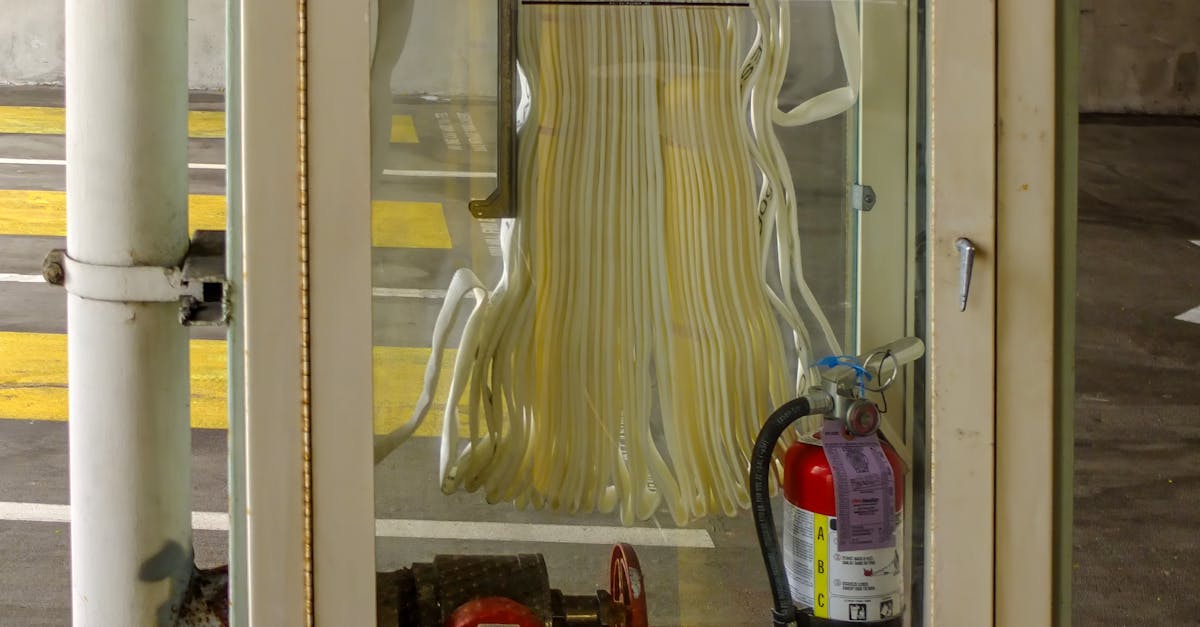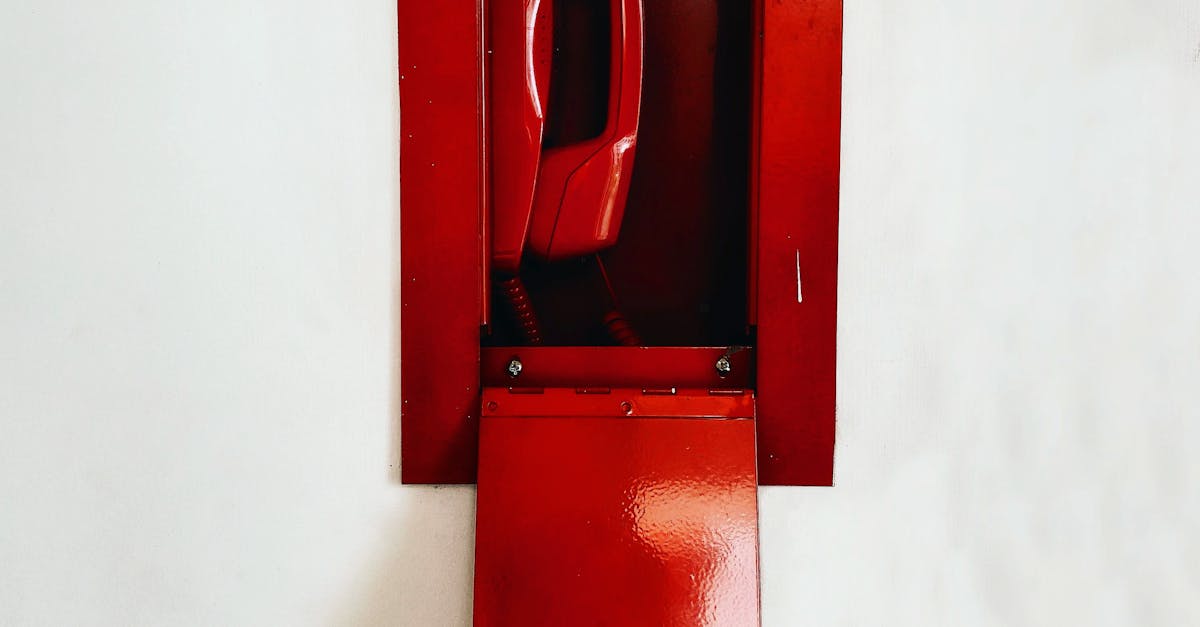
Table Of Contents
Employing a Drain Snake
A drain snake is a highly effective tool for clearing severe clogs in pipes. It consists of a long, flexible metal cable with a coiled end designed to grab and dislodge blockages. When employing a drain snake, it's essential to insert the cable slowly into the drain until resistance is felt, indicating contact with the blockage. By rotating the handle, the coiled end can latch onto debris, allowing for effective removal during the extraction process. This method is often preferable to harsh chemicals, offering a safer and more environmentally friendly approach to drain cleaning.
Before using a drain snake, it’s advisable to prepare the area by placing towels or a bucket underneath the drain to catch any debris or water that may escape during the process. Ensure the snake is properly cleaned after use to prolong its lifespan and prevent any potential odours. This method not only tackles existing clogs but can also help maintain clear plumbing by periodically removing accumulated debris. Regular drain cleaning with a snake can save time and money by preventing more severe plumbing issues in the future.
How to Use a Drain Snake Properly
To properly use a drain snake, begin by inserting the end of the snake into the drain opening. Push the snake gently until you encounter resistance, which indicates that you’ve reached the clog. Rotate the handle of the snake to help break up the blockage. Continue feeding the snake into the drain as it loosens the debris, ensuring firm but careful movements to avoid damaging the pipes.
After you’ve worked the drain snake through the clog, slowly retract it while maintaining a steady grip. As you pull the snake back, watch for any remnants of the blockage that might come with it. Once you remove the snake, it is advisable to run hot water down the drain to help flush out any remaining debris. Regular drain cleaning can be beneficial in preventing future clogs and maintaining smooth water flow.
Boiling Water Method
Boiling water is a simple yet effective method for tackling a clogged drain. It works best on minor blockages caused by soap scum, grease, or small food particles. Heating water to a rolling boil and then carefully pouring it directly down the drain can help to dissolve the build-up. This method is safe for most plumbing systems and is an eco-friendly alternative to chemical drain cleaners.
When using boiling water for drain cleaning, it’s important to take precautions. Ensure the water is in a heatproof container to avoid burns, and pour it slowly to prevent splashing. If the clog persists, it may require additional methods, such as using a drain snake or a natural solution like baking soda and vinegar. Regular maintenance with boiling water can also help prevent future clogs, keeping your drains flowing smoothly.
When and How to Use Boiling Water for Clogs
Boiling water is a straightforward method for tackling stubborn clogs in drains. The high temperature helps to break down grease and soap build-up, which are often the culprits behind a sluggish drain. Pouring boiling water directly down the drain can be effective, especially for kitchen sinks that tend to accumulate fats. However, this method is not suitable for all drain types, particularly those made of PVC, as extreme heat may cause damage.
It's best to apply boiling water in phases. Start by pouring a kettle of boiling water down the drain, then wait a few moments for it to work. Follow up with another kettle if necessary. This simple drain cleaning technique is most effective for minor clogs or ongoing maintenance, ensuring that your pipes remain clear and functional. Regularly using boiling water can help prevent build-up and keep your plumbing system flowing smoothly.
Baking Soda and Vinegar Solution
Baking soda and vinegar offer a natural approach for drain cleaning that is both effective and environmentally friendly. The combination produces a chemical reaction, releasing carbon dioxide and creating bubbling action that helps to dislodge stubborn clogs. This method is particularly useful for organic blockages, such as food particles and hair, common in kitchen and bathroom drains.
To use this solution, start by pouring a cup of baking soda down the drain, followed by a cup of vinegar. The rapid fizzing action should lift debris and break down build-up. After letting the mixture sit for about 30 minutes, flush the drain with hot water to clear away any remaining residue. Regular use of this method can significantly reduce the chances of a severely clogged drain in the future.
The Science Behind the Natural Method
Baking soda and vinegar are often touted as a natural solution for drain cleaning due to their chemical reaction. When combined, these two ingredients create carbon dioxide gas, which can help to dislodge debris like hair, grease, and food particles stuck in the drain. The fizzing action not only loosens the gunk but also helps to break it down, allowing for easier removal and clearing of clogs.
This method is particularly effective for minor blockages and routine maintenance. It is important to note that while baking soda and vinegar can help with preventative measures, they might not fully resolve severe clogs. In such cases, other methods may be necessary to achieve a clear drain. The effectiveness of this natural technique lies in its safe, non-toxic nature, making it an appealing choice for environmentally conscious homeowners.
FAQS
What is a drain snake and how does it work?
A drain snake, also known as a plumbing snake or auger, is a flexible tool designed to reach deep into pipes and remove clogs. It works by rotating and pushing through the blockage, breaking it apart or retrieving it for removal.
Can boiling water really help clear a clogged drain?
Yes, boiling water can help clear minor clogs, especially those caused by grease or soap buildup. Pouring boiling water down the drain can dissolve the obstruction, but it may not be effective for severe blockages.
How does the baking soda and vinegar method work for unclogging drains?
The baking soda and vinegar method works through a chemical reaction that produces carbon dioxide and heat. When mixed, baking soda and vinegar can break down organic material and help dislodge clogs, making it an effective natural cleaning solution.
Are there any risks associated with using a drain snake?
While using a drain snake is generally safe, there is a risk of damaging your plumbing if used improperly. It's essential to follow the manufacturer's instructions and avoid excessive force to prevent pipe damage.
When should I consider calling a professional plumber for a clogged drain?
If you've tried multiple methods to clear the clog and it persists, or if you notice recurring drainage issues, it's advisable to call a professional plumber. They have the tools and expertise to address more severe blockages and underlying plumbing problems.





























